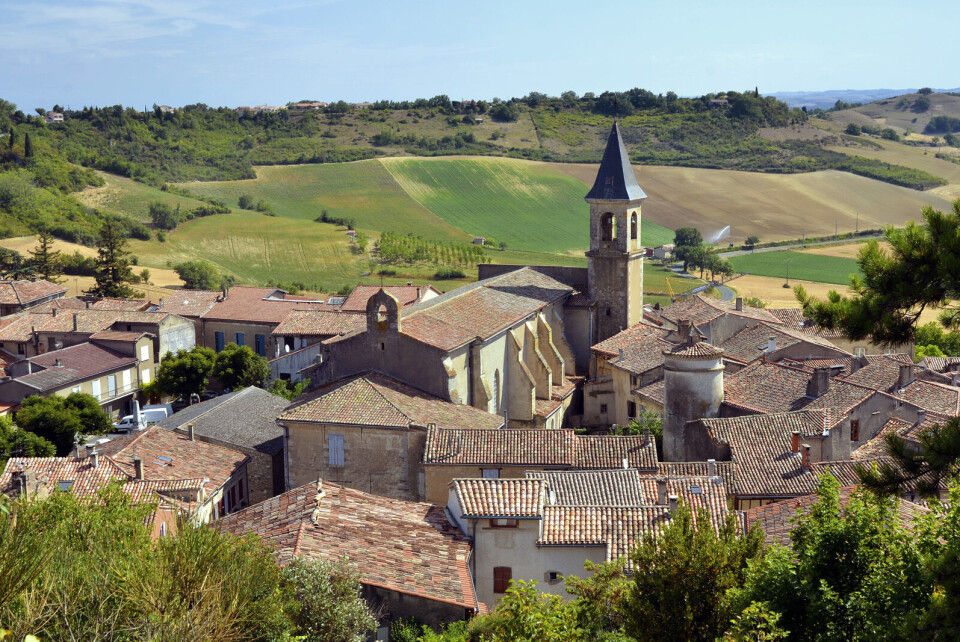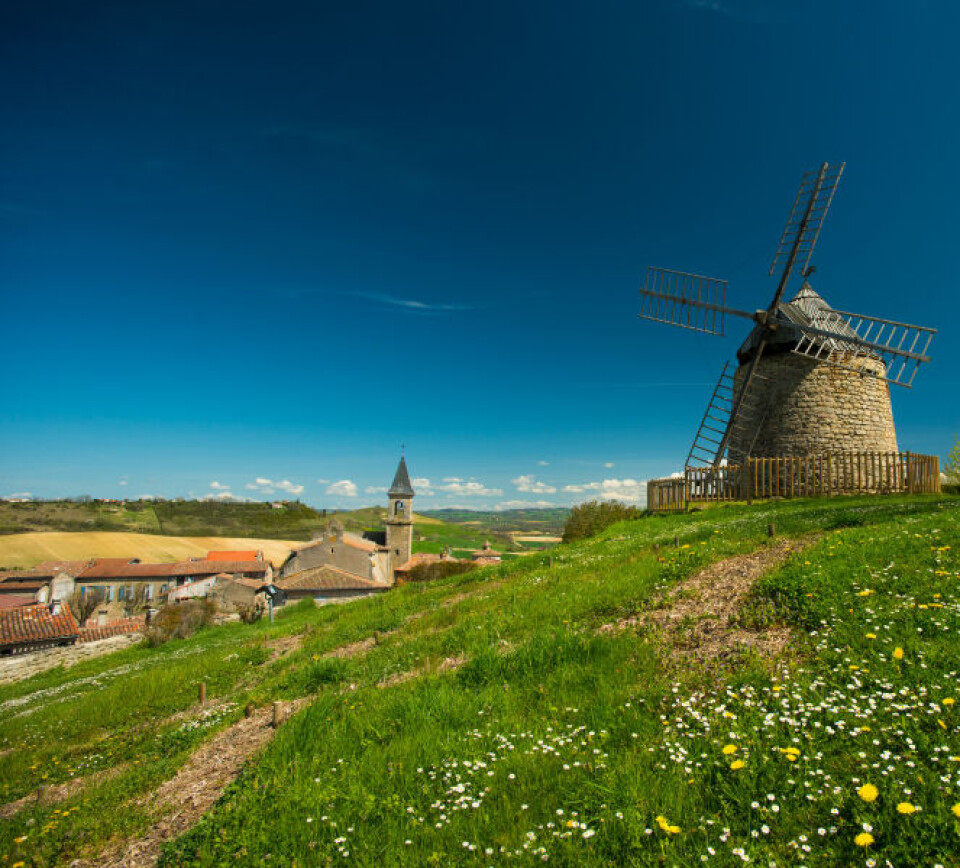-
Ten top science museums to visit in France
Explore interactive exhibits and workshops offering engaging experiences and fun for all ages
-
Exploring Vulcania: France's volcanic adventure theme park
Discover the thrilling and unique blend of science and entertainment in Puy-de-Dôme
-
Small lakeside French hamlet to be sold at auction - starting price €450,000
The tourist site has a collection of 13 gîtes and a swimming pool
The reason why this southern French village survived the great plague
Uncover the history of the village of Lautrec, which has a beautiful church, a majestic windmill and a special geological feature that helped its inhabitants survive the plague

Lautrec, in the Tarn, classified as one of the Most Beautiful Villages in France, is well-known for its association with the painter Henri de Toulouse Lautrec and its pink garlic.
In 940 the Viscount of Albi divided his lands between his two sons. The southern half went to Sicard and he became the first Viscount of Lautrec. His family ruled the surrounding lands up until the French Revolution. In 1196 Alix, the daughter of Sicard V de Lautrec married Baudouin, the son of Raymond V, count of Toulouse, giving rise to the Toulouse Lautrec family. Though the painter is known for his life in Paris, he was a descendant of this family and was born in Albi in 1864. His father was born in the Château de Montfa, 6km from Lautrec. The château is now in ruins but it is currently being restored by an association.
Early on the Viscounts of Lautrec fortified the village with sturdy ramparts. They were over a kilometre in length with 8 doors into the town. Even so the village was attacked twice, once by the English in the 14th century and once by the protestants during the Wars of Religion in 1568.
The area where they entered is still called quartier de la brèche, district where the breach happened.
A portion of the walls and one of the great doors are still standing.
Despite the attacks the town never ceded to the protestants and Lautrec remained catholic.
“It became a place for senior canons to take refuge,” says Director of the Lautrec Tourist Office, Véronique Decroix. “They brought their wealth with them and the church is more richly decorated than you would normally expect for a village of this size.”
Lautrec has a geological feature which has benefited its inhabitants: “Underneath our feet the rock is rather like a Gruyère cheese with underground caverns which were adapted for use as storage silos for cereals and salt.
There are around 200 and together with the 160 wells it meant the village could resist a siege and disease. During the great plague about half the population in Albi died, whereas at Lautrec only 15% succumbed. It also meant the village could sell its reserves when surrounding settlements had poor harvests.”
The village still has a windmill which dates from 1688. It was entirely restored in the 1990s. It is one of the only ones left in France which produces flour purely from the force of its sails.

For centuries Lautrec was a thriving town. The buildings around the market square show clearly how the bottom halves had openings for shops: “You can see a clear division between the older medieval constructions which are half-timbered, and the later buildings in stone after wood was outlawed because of fire danger.” The main trade was centred around pastel, the plant which produced the coveted blue dye which made the Pays de Cocagne, the triangle between the towns of Toulouse, Albi and Carcassonne rich.
“It was not the growers who were wealthy, they remained poor farmers for the most part, but the merchants who lived in the towns and developed the trade,” says Mrs Decroix. “In the 14th century there were 4,500 inhabitants in Lautrec, whereas there are 1,800 in the whole of the commune now with just 800 living in the centre.”
Related stories
A tour of circular villages in the south of France
























